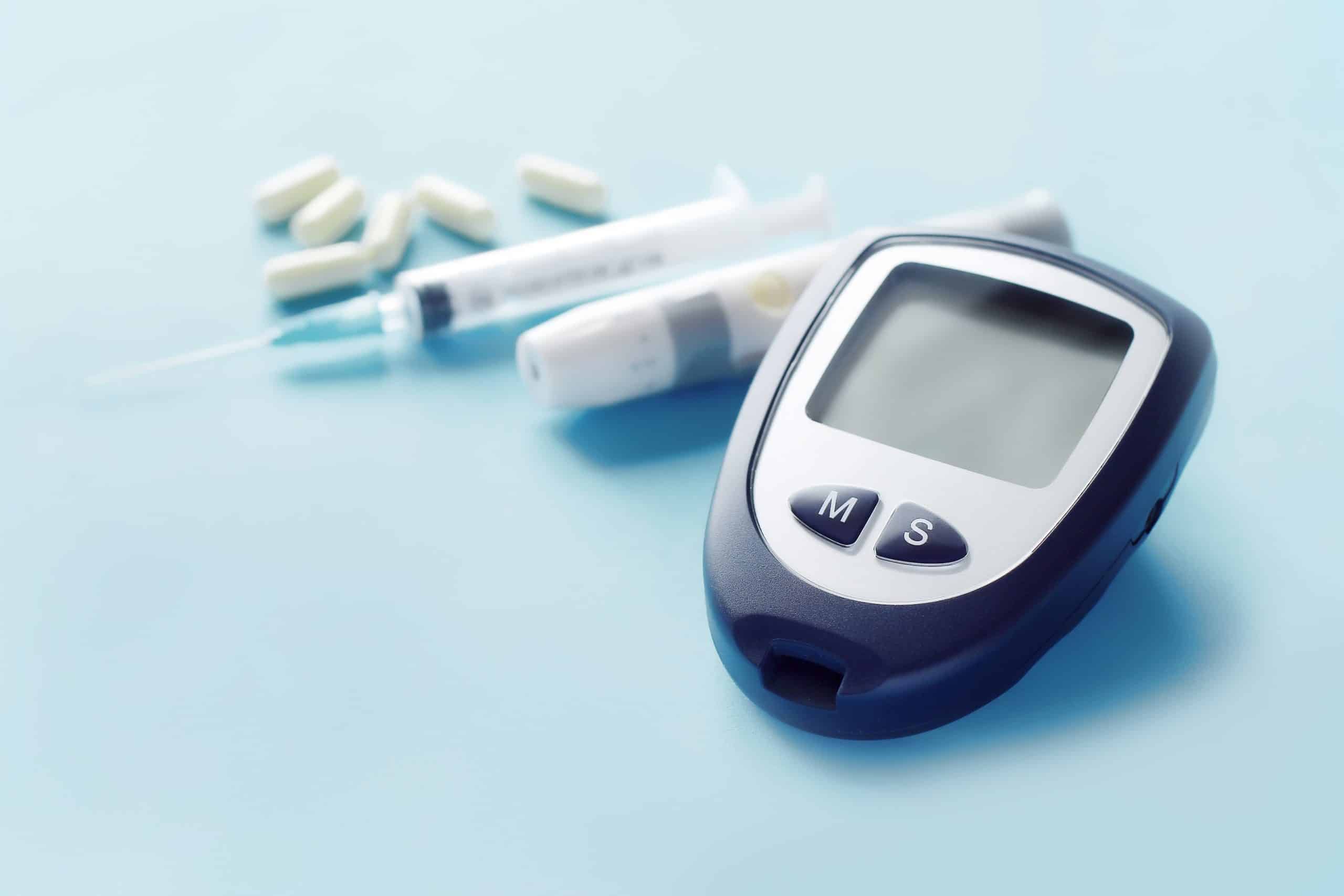Diabetes is a condition that requires constant monitoring of glucose levels. Traditional methods for keeping track of these levels have largely been invasive, requiring small blood samples. However, technology is steadily advancing and providing easier, more efficient ways for diabetes patients to monitor their glucose. Innovations such as optical glucose monitoring based on spectroscopy are blurring the lines between medical science and technological wizardry.
In the following sections, we’ll explore the advancements in non-invasive glucose monitoring, focusing on the role of spectroscopy, the use of technology giants like Google, and how these developments are changing the landscape of diabetes management.
Also to discover : Can Voice Recognition Software Accurately Identify Different Emotional States?
Optical Glucose Monitoring: The Power of Light in Diabetes Management
Optical glucose monitoring is an exciting development in the realm of diabetes management. It employs spectroscopy, a method that uses light to examine the properties of matter. This means, patients can measure their glucose levels using light instead of puncturing their skin multiple times a day.
The concept of optical glucose monitoring is based on the fact that glucose in the blood changes the concentration of light absorption. The light is shone onto the skin, and the reflected light is measured. The sensor then uses this information to calculate the glucose concentration in the blood.
Additional reading : How Are Smart Diapers Improving Infant Health Monitoring?
These optical sensors are usually compact and user-friendly, enabling patients to monitor their glucose levels at home or on the go. The noninvasive nature of the technology reduces the discomfort and potential for infection associated with traditional blood sampling methods.
A New Frontier: Google’s Foray into Glucose Monitoring
The technological giant Google is now stepping into the arena of glucose monitoring. They’re leveraging their extensive resources and technical expertise to develop noninvasive methods for detecting glucose levels.
Google’s parent company, Alphabet, has a life sciences division called Verily. One of their major projects under development is a smart contact lens that can monitor glucose levels in tears. The lens uses a tiny wireless chip and miniaturized glucose sensor embedded between two layers of lens material.
While this technology is still in its experimental stages, it represents an exciting frontier in diabetes management. The convenience and unobtrusiveness of the device could make glucose monitoring a seamless part of daily life for diabetes patients.
The Role of Skin in Non-Invasive Glucose Monitoring
The skin plays a vital role in noninvasive glucose monitoring technologies. Glucose concentration in the blood can be measured by analyzing sweat or interstitial fluid, which lies just beneath the skin’s surface.
A variety of devices have been designed to measure glucose in this way. Some use small, wearable patches equipped with tiny sensors that can measure glucose in sweat or interstitial fluid and send the data to a smartphone or other device.
Another approach is the use of microneedles, which are so small they don’t cause any sensation or discomfort. These microneedles penetrate the skin’s surface to access the interstitial fluid. They can take continuous readings and provide real-time glucose levels without the need for a traditional blood sample.
Making Time for Glucose Monitoring: Technology’s Role in Streamlining Diabetes Management
The time factor plays a critical role in managing diabetes. Consistent glucose monitoring is essential to ensure that glucose levels stay within a safe range. Thankfully, technology is stepping in to streamline this process and make it more manageable.
With the advent of smart devices and IoT (Internet of Things) technology, glucose monitoring can now be automated to a great extent. Sensors can continuously monitor glucose levels and send data directly to a smartphone or other device. This allows for real-time tracking and alerts if glucose levels get too high or too low.
Many of these devices also integrate with health apps and digital health records, making it easier for healthcare professionals to monitor their patients’ conditions remotely and intervene when necessary.
Bridging the Gap Between Scholar and Patient: The Importance of Education
While technology is making strides in simplifying glucose monitoring, it is equally important for patients to understand how these devices work and how to interpret the data they provide.
Education plays a pivotal role here. Medical professionals and diabetes educators need to work closely with patients to help them understand the nuances of their condition and how to manage it effectively. They should explain the technology behind glucose monitoring devices and how to use them correctly to ensure accurate results.
Patients also need to understand the importance of regular monitoring and how to react to the data they receive. For instance, they should know how to adjust their diet, exercise, or medication based on their glucose levels.
Remember, while technology can provide valuable tools for managing diabetes, it is ultimately the responsibility of the patients and their healthcare team to use these tools effectively. As such, the technological advancements in non-invasive glucose monitoring should go hand in hand with robust patient education and support.
The Future of Non-Invasive Glucose Monitoring: Advancements and Predictions
As we navigate the path of innovation, the future of non-invasive glucose monitoring continues to look more promising. The focus is on developing technologies that are not just non-invasive, but also user-friendly, accurate, and cost-effective.
One of the key advancements is the increasing use of machine learning and artificial intelligence in glucose monitoring. These technologies are being used to analyze patterns in glucose levels and predict future levels with high accuracy. This predictive feature can help patients and healthcare professionals anticipate and prevent potential problems.
Infrared spectroscopy, already a popular method in optical glucose monitoring, continues to be refined and improved. Researchers are working to enhance the accuracy of this method and reduce the impact of external factors that can interfere with readings.
Wearable technology is another area of immense interest. From smartwatches to smart clothes, these technologies can integrate glucose monitoring seamlessly into the everyday life of a patient, making it less of a chore and more of a routine.
The concept of a smart window, a device that uses changes in light to measure glucose levels, is a rather novel yet promising idea. This could be another step towards making non-invasive glucose monitoring more accessible and less intrusive.
In the future, we might also see more personalized approaches to glucose monitoring. This could be tailored to individual patients based on their specific needs and lifestyle, making diabetes management more effective and less stressful.
Conclusion: The Future is Bright for Non-Invasive Glucose Monitoring
In conclusion, the advancements in non-invasive glucose monitoring are transforming the landscape of diabetes management. Technology has enabled us to move away from the discomfort and inconvenience of invasive blood glucose testing towards more user-friendly and less intrusive methods.
More so, the future of this field is very promising, with the continuous development of technologies such as infrared spectroscopy, wearable devices, and smart windows. Furthermore, machine learning and artificial intelligence are paving the way for more predictive and personalized approaches to glucose monitoring.
However, as we embrace these advancements, it is crucial to remember the role of education in this journey. Patients need to understand how to use these tools effectively and interpret the data they provide. Medical professionals and diabetes educators also need to ensure that patients understand the importance of regular monitoring and how to manage their diabetes based on their glucose levels.
Non-invasive glucose monitoring is a significant step forward in diabetes management. But it’s not just about the technology; it’s about how we use it. With the right education and understanding, these tools can help patients live healthier, more comfortable lives.
It’s an exciting time to be involved in the field of non-invasive glucose monitoring. The future indeed looks bright, and we can’t wait to see what’s next.






